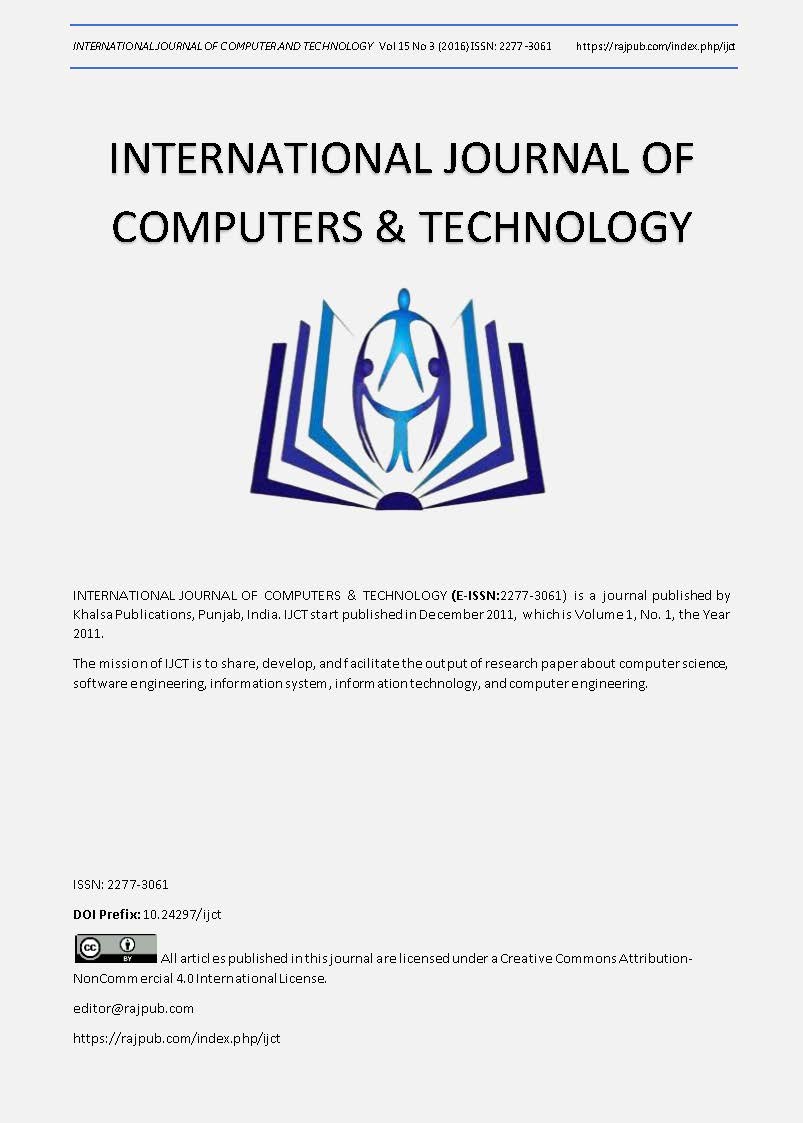Dose distributions verification for High dose rate brachytherapy plans by using ionization chambers 2D array
DOI:
https://doi.org/10.24297/ijct.v15i3.1685Keywords:
HDR Brachytherapy, dose distribution, verification, dosimetry, treatment planningAbstract
The purpose of this paper is to perform dosimetric verification (in-phantom) of dose distributions calculated with treatment planning system (TPS) by using 2D chamber array device in HDR brachytherapy. HDR brachytherapy treatment plans’dose distribution verification is performed using the two-dimensional (2D) ionization chamber array MatriXX Evolution developed by IBA Dosimetry (IBA Dosimetry, Germany) whose detector area is covered with the Nucletron Freiburg Flap Applicator Set (Nucletron BV,Veenendaal, the Netherlands) with catheters such that the detector plane was set to 0.86 cm from the catheter plane. Fixed slabs of RW3 (Perspex) were added below the 2D-ARRAY to provide full scattering conditions. The phantom was scanned on computed tomography (CT) for treatment planning with 2.5-mm slice thickness. Based on the CT data of the phantom, three different plans were calculated by the planning system (Oncentrabrachy version 4.3, Nucletron BV) and then are exported to the VERISOFT software for comparison with measured data. For comparison of dose distributions, both dose planes – measured & calculated – were normalized  to the global maximum dose of the reference matrix (measured data set) and compared using the Gamma index method. Gamma indexes were evaluated using a dose-difference criterion of 3% and a distance criterion of 3 mm (γ≤1).The total number of evaluated dose points for the vault test case is 9755, 98.6 % of them (9623 point) passed the criteria of acceptability (3% delta dose and 3-mm distance criteria) and 1.4% of them (132 point) failed it. The total number of evaluated dose points for the full test case is 19964, 93.6 % of them (18683 point) passed  the criteria of acceptability and 6.4% of them (1281 point) failed it. And the total number of evaluated dose points for the cylinder test case is 19871, 96.9 % of them (19258 point) passed the criteria of acceptability and 3.1% of them (613 point) failed it. By thisThe use of the two-dimensional (2D) ionization chamber array MatriXX Evolution for brachytherapy applications has been successfully demonstrated. The array measurements in these planes have shown acceptable agreement with the TPS, generally within 3% delta dose and 3-mm distance agreement criteria within each plane. The comparisons made led to make a relation between the passing percentage values to the number of the evaluated dose points for each test case and it was found that as the number of these pixels increases the possibility of having more failing points increases.









